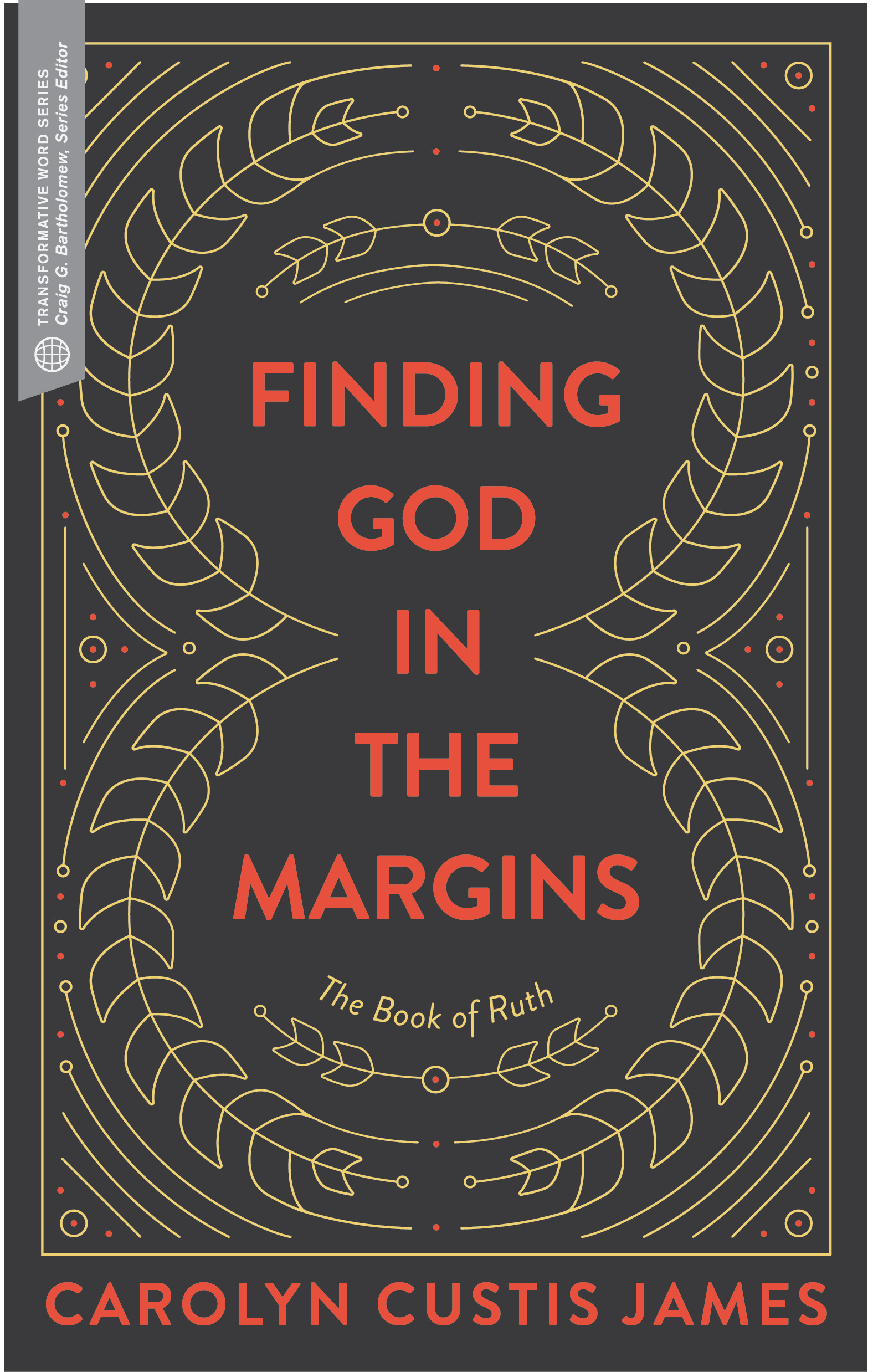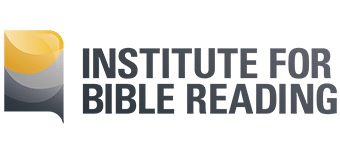
A #MeToo Story Hidden in Plain Sight
Genesis 16
Written by Josh Macha
Hagar’s experience is a #MeToo story hiding in plain sight. Hagar, Sarai’s Egyptian servant, is given to Abram as a solution to Sarai’s infertility. After laying with Abram, Hagar conceives. But instead of rejoicing over the success of her ploy, Sarai takes offense because Hagar, knowing she conceived, looked with contempt on [Sarai] (Gen 16:4). Then Abram, wanting to wash his hands of the situation, charges Sarai to do to [Hagar] as you please (v6b). We are told simply that Sarai deals harshly with her servant and Hagar flees. In short, Hagar’s body is used for reproduction and then cast out, along with her unborn child, when Sarai reckons with the consequences of her own choices.
As horrifying as the details are, they often fail to color the common portrayal of Abraham and Sarah. Father Abraham is often sung without so much as a wince or a shudder. No doubt, we’re quick to point out that Abraham and Sarah are flawed. But this is usually demonstrated by pointing to Abram’s lies about Sarai being his sister. We also mention with a kind of knowing fondness Sarah’s laughter upon overhearing the three visitors tell Abraham that she will conceive in her old age. Typically, their story then moves on to the covenant, Abraham’s intervention for Sodom, climaxing in his amazing faith in presenting his son as a sacrifice. To be sure, these are powerful moments of faith and important points in redemptive history. I am not suggesting we should vilify Abram or Sarai, only that we can easily overlook Hagar because we need Abraham and Sarah for something else. We need their story free from the stain of a #MeToo kind of sin.
But we should be cautious anytime we find a biblical narrative has been censored or unsavory parts hidden away. Not because the current #MeToo movement should compel Christians to reread the scripture with an eye only on abuse, but because a reading of the Bible that excludes the significance of such moments makes us complicit with Abram and Sarai’s abuse of power in this story. Consider how Sarai crafts a false narrative to justify her actions: Behold now, the Lord has prevented me from bearing children (v2).
Abram does nothing to push back against this and so enters into an agreement with Sarai. Indeed, this is one simple way of explaining the premise for all abuses of power: What I do is justified because my needs are greater than the needs of another. Abram and Sarai further abuse their power by shifting the narrative after Hagar conceives, accomplishing exactly what she’s asked. Sarai uses her position to shift Hagar’s reality: It is not just that I wanted you to conceive a child for us, I also wanted you conduct yourself in such a way that wouldn’t make me feel bad about my lack of faith and poor choices. Abram is again complicit by remaining silent. What is remarkable about their blindness to their own sin is that by driving Hagar out of their midst they are disowning themselves. Remember, as far as they know their only descendant is now cut off from their household. They lied to themselves to get what they wanted and then, caught in the darkness of that lie, cast out the very thing they hoped for.
There are several instructive points here for pastors and leaders in the church.
First, it is important to see such moments as more than mere hiccups along the road of redemptive history. Rather, we should see them as woven into the narrative as a warning for the church about the deceptive nature of the human heart. God has not/is not doing ______, therefore I will _____ is a pattern we must be on guard for. The scriptures don’t bury this story, it right at the doorstep of the Bible. This is a challenge to pursue asking questions that may at first appear risky: Who are the victims of sin in the biblical narrative? Are we overlooking any of them for the sake of a more familiar story we want to tell? Do I take the time to specifically name the sins of the biblical characters?
Second, more than just asking new kinds of questions, church leaders may need to notice that our tendency to glaze less palatable portions of scripture is instructive for how we view and shepherd our congregations. Seeing this in myself caused me to wonder where I am blind to needs that are right in front of me. It brings the question: Is my congregation a place where victims feel safe to speak up? If my reading and study of scripture tends to silence the voices of victims and generalize sin, then surely my pastoral leadership may do the same.
Third, related to the second, it is important to teach out of the scriptures with specificity. Just as we say generally that Abraham was “flawed” or a “sinner”, we are prone to do the same with one another. In fact, sometimes we sort of laugh off our sin. Don’t get me wrong, there is something healthy and grace oriented about not taking ourselves too seriously. But this should be carefully balanced with vigilance about naming and unmasking specific sin. Abraham and Sarah didn’t mistreat Hagar out of their understandable distress, no, they conspired together to abuse her out of a lack of faith. This proper naming turns the specific words back to our own hearts: Where is abuse happening in our midst? Where do we see temptation to abuse power to satisfy our own appetites and agendas? Who am I conspiring with to manipulate a situation I’m unhappy with?
Fourth, and finally, it is important to not miss the consequences of sin in this story. Hagar’s son Ishmael is born into a life shaped by the sins of others. Again, sin needs to be named and seen in the catastrophe it brings. Our personal sins impact the community. Knowing this rightly raises the stakes for church leaders and forces me to a confession: I can’t fix the problem of sin. The notion that I can is dangerous for many reasons, pertinent here is that if sin can be neatly contained and cleaned up after, then it is far easier to feel a sense of false security in the midst of the wolves of our own hearts.
Published here with permission.
Josh’s article is the first of three student papers exploring a #MeToo biblical narrative. See my introduction to these papers, “Confronting the Bible’s #MeToo Stories” –CJ















Thank you for this post, Carolyn. The frame can be stretched out even further. There are some who believe that Hagar was probably one of the royal daughters from Egypt ~ the spares, the pons ~ given to Abraham to appease him after the discovery of his lie regarding Sarai being his sister. The presence in Sarai’s tent possibly had even deeper roots of pain and sin that is immediately recognized.Poor Hagar. Debra
LikeLike
Yes. Not sure about the “royal” part, but it makes sense that she was part of Pharaoh’s payoff to Abram when he took Sarai into his harem. There is much more to dig out of these narratives. We’ve only begun to scratch the surface of what these #MeToo stories have to teach us. -CJ
LikeLike
That’s an interesting thought. If it/she was a payoff from Pharoah, it would make sense that she was someone considered of more value than a “common slave”. A royal daughter would qualify.
LikeLiked by 1 person
On another note ~ how courageous is Ravi Zacharias’ daughter!!
LikeLike
This was such a great post! I’m new to following you, just started “The Gospel of Ruth” and am looking for more of your work. Do you or will you have a book on the #metoo stories of the Bible? You brought this story of Hagar into focus so finely for me, I’d love to read more.
“Indeed, this is one simple way of explaining the premise for all abuses of power: What I do is justified because my needs are greater than the needs of another (I would add “my wants” to “my needs” as entitlement is a large part of abuse)”. Exactly. When looking at the Bible through this lens, we can see abuse was rampant throughout biblical history (as it has been through all of history), wherever power over structures exists. It should be no surprise that nothing has changed. What is surprising, is how difficult it seems to be for so many Christians to acknowledge that (I could go on but… no).
“Abraham and Sarah didn’t mistreat Hagar out of their understandable distress, no, they conspired together to abuse her out of a lack of faith.” Thank you for fleshing out their actions this way! Of course this is exactly what they did, but I’ve never seen or heard it explained this way. And a typical pattern of abusers, is to do what they came to do then punish the victim for it. I’ve lived this; it’s what they do.
And this: “ God has not/is not doing ______, therefore I will _____ is a pattern we must be on guard for.” So often I need to be patient and let God work without my “help”. The challenge for me is, has always been, knowing when it’s right to be patient, and when I need to press on. I’ve wasted decades being patient in the wrong situations, and likely made things worse by pushing ahead when it would have been prudent to wait. If you have a book on that, I’d be interested!
LikeLiked by 2 people
Heather, thank you for your comment. The article above was written by one of the students (also a pastor) in the Missio Seminary course on #MeToo. Josh is well on his way to unpacking more of these #MeToo stories. And yes, I do have a book in the early stages on #MeToo/#ChurchToo. -CJ
LikeLiked by 1 person
Recently taught the story of Hagar expositing on these very themes. She was a trafficked woman. Yes, the cultural norms were different than they are in 2021 America, but the dignity of being created in the image of God was the same. Hagar was a life-long victim of an oppressive culture. She was also twice met by the pre-incarnate Jesus and promised a great blessing from Him as she continued in faith and obedience to Him.
LikeLiked by 2 people
She doesn’t get credit for being a prophetess, even though God gives her a message to take to Abraham. We do not see her, but once we do . . . . she has a lot to contribute. -CJ
LikeLiked by 1 person